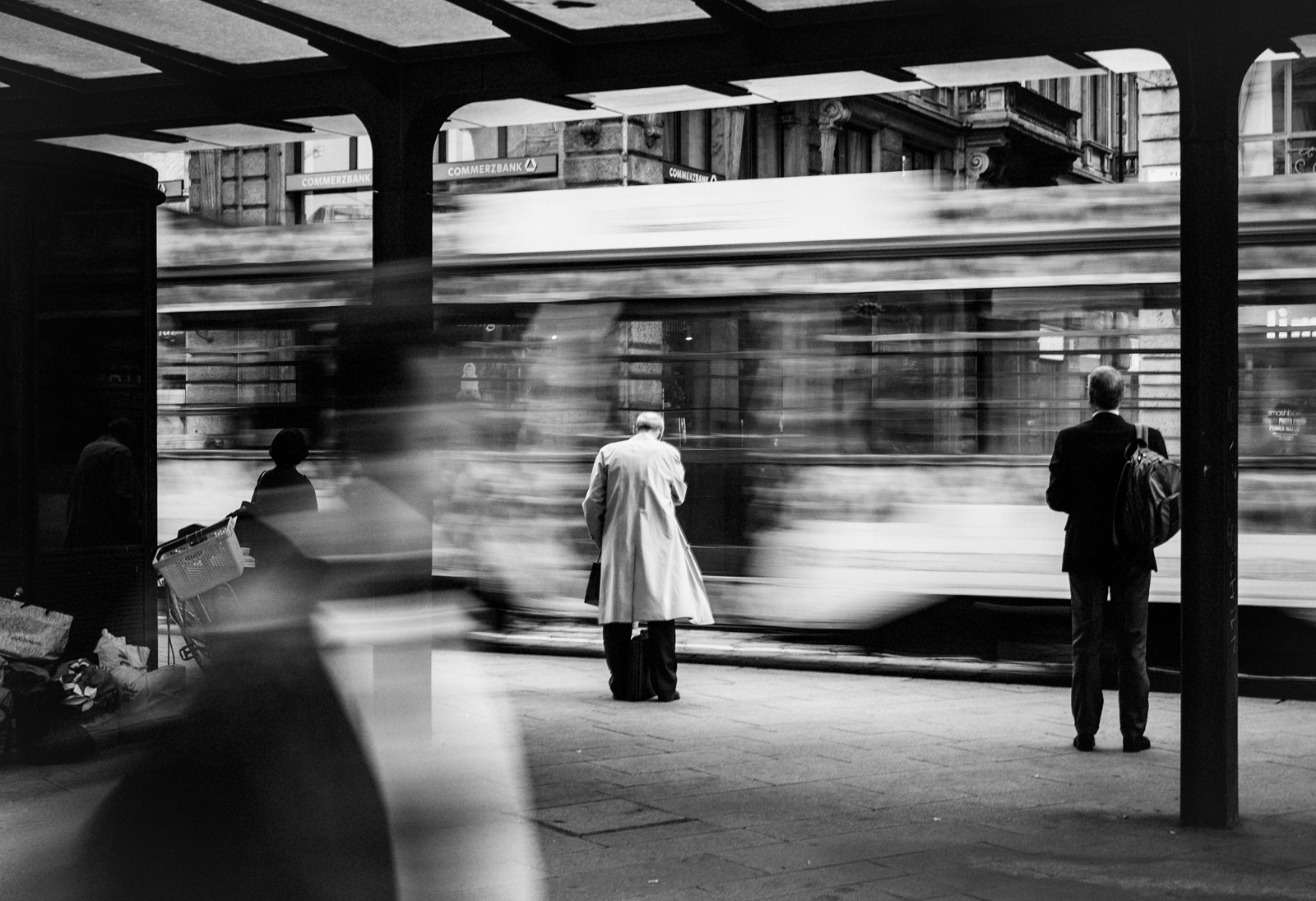Unknown Facts About Framing Streets
Unknown Facts About Framing Streets
Blog Article
More About Framing Streets
Table of ContentsGet This Report about Framing StreetsSee This Report about Framing StreetsFascination About Framing StreetsThe Facts About Framing Streets RevealedNot known Details About Framing Streets Rumored Buzz on Framing Streets
, normally with the objective of recording photos at a decisive or touching moment by mindful framework and timing. https://www.mixcloud.com/framingstreets1/.
The Of Framing Streets
Susan Sontag, 1977 Road photography can concentrate on people and their habits in public. In this regard, the road professional photographer is similar to social documentary photographers or photojournalists who likewise function in public places, but with the objective of recording newsworthy occasions. Any of these professional photographers' images might capture people and residential property noticeable within or from public places, which typically requires navigating moral problems and regulations of personal privacy, safety and security, and residential property.
Representations of everyday public life form a genre in nearly every duration of world art, beginning in the pre-historic, Sumerian, Egyptian and early Buddhist art durations. Art handling the life of the road, whether within sights of cityscapes, or as the dominant concept, appears in the West in the canon of the Northern Renaissance, Baroque, Rococo, of Romanticism, Realistic look, Impressionism and Post-Impressionism.
Framing Streets for Beginners
Louis Daguerre: "Blvd du Holy place" (1838 or 1839) In 1838 or 1839 the initial photo of figures in the road was videotaped by Louis-Jacques-Mand Daguerre in among a set of daguerreotype sights extracted from his studio home window of the Blvd du Temple in Paris. The second, made at the elevation of the day, reveals an uninhabited stretch of road, while the various other was taken at regarding 8:00 am, and as Beaumont Newhall reports, "The Blvd, so regularly full of a relocating bunch of pedestrians and carriages was perfectly singular, except an individual who was having his boots brushed.
His boots and legs were well defined, yet he is without body or head, since these were in motion." Charles Ngre, waterseller Charles Ngre. https://typhoon-dinghy-f4c.notion.site/Framing-Streets-Mastering-the-Art-of-Street-Photography-7902cfb0b0a245919a9be5c8725db988?pvs=4 was the first digital photographer to attain the technical elegance needed to register people in motion on the street in Paris in 1851. Professional Photographer John Thomson, a Scotsman dealing with journalist and social lobbyist Adolphe Smith, released Road Life in London in twelve monthly installments beginning in February 1877
The Definitive Guide for Framing Streets
Eugene Atget is considered a progenitor, not due to the fact that he was the first of his kind, however as an outcome of the popularisation in the late 1920s of his document of Parisian roads by Berenice Abbott, who was motivated to carry out a comparable documentation of New York City. [] As the city developed, Atget helped to advertise Parisian streets as a worthwhile topic for photography.

Framing Streets for Beginners
In between 1946 and 1957 Le Groupe des XV every year displayed job of this kind. Andre Kertesz. Circus, Budapest, 19 May 1920 Road digital look these up photography developed the major content of 2 events at the Gallery of Modern Art (Mo, MA) in New York curated by Edward Steichen, 5 French Professional Photographers: Brassai; Cartier-Bresson, Doisneau, Ronis, Izis in 1951 to 1952, and Post-war European Photography in 1953, which exported the principle of road digital photography globally.

5 Simple Techniques For Framing Streets
The recording device was 'a surprise video camera', a 35 mm Contax hidden under his layer, that was 'strapped to the chest and connected to a lengthy cord strung down the appropriate sleeve'. His job had little modern influence as due to Evans' level of sensitivities about the creativity of his project and the personal privacy of his subjects, it was not published till 1966, in the publication Several Are Called, with an introduction written by James Agee in 1940.
Helen Levitt, after that a teacher of young kids, connected with Evans in 193839. She recorded the transitory chalk drawings - Best Zoom Lens that belonged to children's street society in New York at the time, in addition to the children who made them. In July 1939, Mo, MA's brand-new digital photography area consisted of Levitt's operate in its inaugural exhibitRobert Frank's 1958 book,, was significant; raw and usually out of emphasis, Frank's photos questioned mainstream digital photography of the moment, "challenged all the formal regulations laid down by Henri Cartier-Bresson and Walker Evans" and "contradicted the wholesome pictorialism and wholehearted photojournalism of American magazines like LIFE and Time".
Report this page